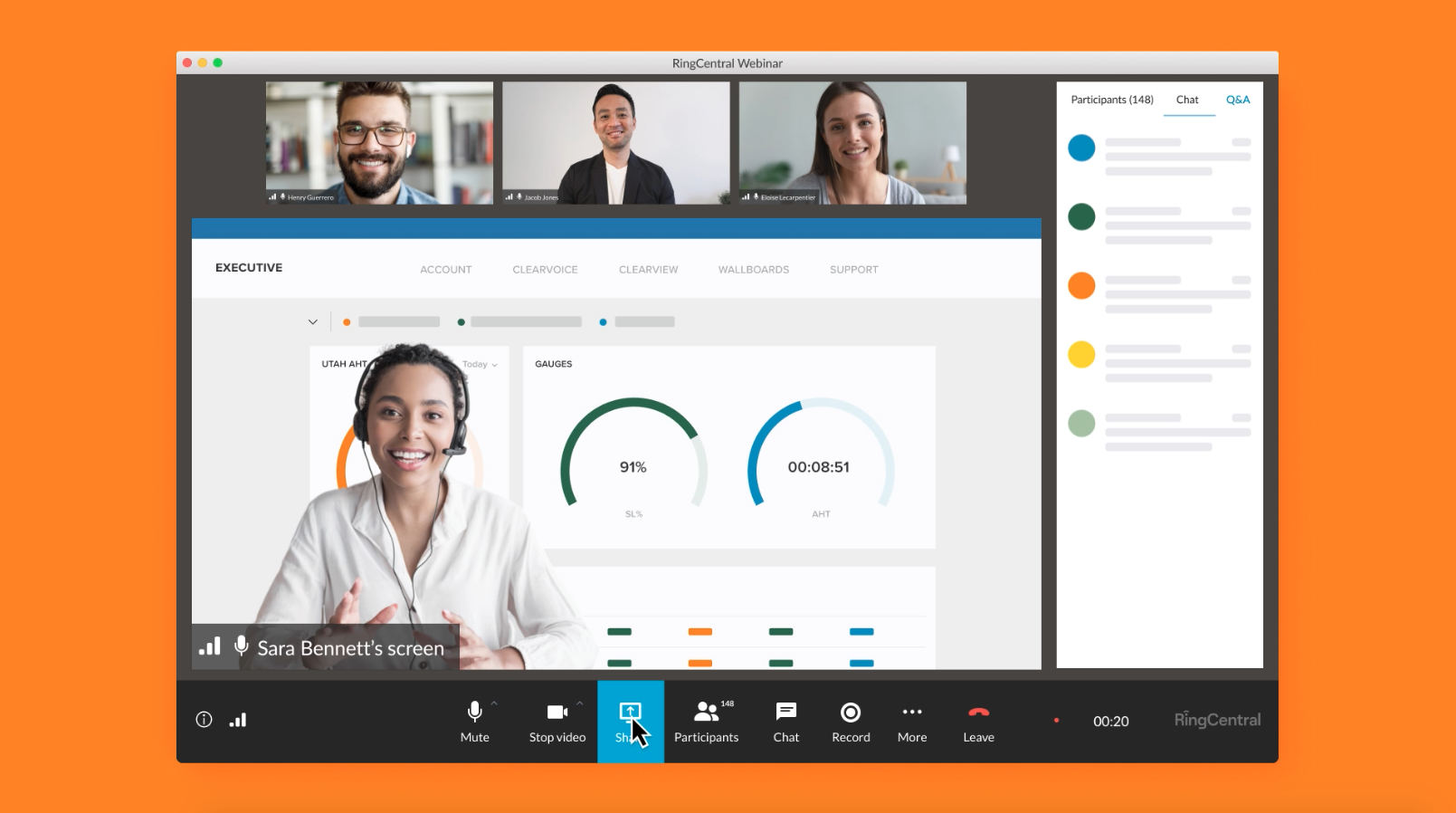Highlights:
- Contact center scheduling doesn’t have to be complicated or frustrating with the right contact center software.
- Workforce management solutions automate the scheduling process.
- They ensure adequate staffing, the right mix of skills, and give agents the flexibility to work from home.
When you think about scheduling contact center agents for shifts, which words come to mind? “Unpleasant,” “complicated,” and “frustrating” might all come to the fore. However, that doesn’t have to be the case with the right contact center software.
This post explores how to tackle contact center scheduling challenges with the right technology, so your contact center can be properly staffed and run as efficiently as possible.
What challenges does contact center scheduling bring?
Among the most significant challenges to contact center scheduling are:
- Balancing the needs and wants of agents
- Ensuring that the contact center is adequately staffed, meaning there are enough agents to handle the volume, and no one is sitting idle
- Making sure that agents with the right skill set are on shift
The way you schedule your agents matters, too. If you’re using manual methods like spreadsheets, that adds a layer of complexity and frustration.
What happens if someone unexpectedly calls out sick suddenly, or isn’t able to make it to a shift for another reason? That throws off your schedule entirely, and you wind up with a contact center that’s understaffed.
⭐ Take your contact center to a whole new level ⭐
Next-Gen Cloud Contact Centers for Dummies®, RingCentral Special Edition eBook
How can you overcome contact center staffing challenges?
It comes down to following a few best practices:
- Choose the right contact center software
- Automate the scheduling process
- Optimize staffing so no one sits idle
- Ensure employees with the right skills work when they’re most needed
- Offer flexible scheduling to agents
- Enable agents to work from their location of choice
1. Choose the right contact center software
The first step to solving your schedule woes lies in choosing the right contact center software. The right contact center software features a workforce management solution. The term “workforce management” or WFM refers to a set of internal processes that allow decision makers to manage:
- Human resources
- Workforce planning
- Leave management
- Workforce analytics
Workforce management solutions process:
- Demand forecasting – so you can staff your contact center with enough agents to meet demand
- Employee scheduling
- Agent assignments, so agents with the right skill sets work the right shifts
2. Automate the scheduling process
If you use a spreadsheet to schedule agents, you know what a headache it is to update it. A WFM solution gets rid of spreadsheets.With workforce management solutions, you can automate the scheduling process to save time and ensure the right staffing mix for your contact center shifts.
Automated scheduling means you no longer have to juggle agents’ scheduling preferences manually. A formerly time-consuming process is much faster thanks to the speed and accuracy of modern technology.

3. Optimize staffing so no one sits idle
For most contact centers, the largest expense is the cost of human labor, so you want to be sure to optimize your staffing to get the best return on your investment in your employees. When your employees are on shift, do you know how much work they’re actually doing? They might have a high volume of interactions to handle or they might be spending part of that time idle.
WFM solutions minimize idle time (and helps you save on operational costs) by optimizing agent schedules; they ensure that a shift doesn’t have too many or too few people. Agents stay busy without being overwhelmed or idle.
4. Ensure employees with the right skills work when they’re most needed
Let’s say you know that people who want to return items seem to call during the evening shift because that’s when they’re home from work. You need agents on that shift who have experience handling returns.
A WFM solution helps you staff shifts so that the employees with the most in-demand skills work the right shifts. For example, you could schedule agents with return experience to work in the evenings so that they could put their skills to good use.
5. Offer flexible schedules to agents
Flexible schedules (also known as “flex-time”) mean that employees can shift the times that they work, yet still work a full shift. For example, Jessica normally works the day shift, but she has to take her daughter to an appointment in the afternoon. She asks her supervisor if she could take the evening shift instead; Jessica will still work a full eight hours, just not between 9 to 5.
Workers want flex-time. A study conducted by the Society of Workforce Planning Professionals showed that 33% of contact center supervisors surveyed said their agents would take a pay cut of 2.5% in exchange for flex-time. Workforce management expert Tiffany LaReau corroborates this with anecdotal evidence: she’s seen agents take jobs that didn’t pay as well just so they could have more flexible schedules.
WFM solutions make it easy to offer flex-time to employees. Because they automate scheduling, it’s simple to shift one person’s shift to another shift to ensure the contact center is adequately staffed. That’s not something you can do with spreadsheets – the manual data entry process would result in confusion and errors.
6. Enable agents to work from the location of their choice
Giving agents location flexibility leads to a better work experience. Research from Pipkins reveals that agents who work from home have a higher retention rate (80%) than agents working on-site. But how can they effectively supervise agents if they’re not in the contact center?
That’s no problem with WFM solutions that feature built-in monitoring tools so managers can listen in on calls and review on-screen interactions. There’s also whisper coaching and barge-in functionality to steer agents back on course if an interaction takes a wrong turn.
RingCentral’s WFM solution improves contact center efficiency
RingCentral’s WFM solution ensures the right staffing, the right skill sets, low idle time, and higher levels of employee satisfaction. Learn more about our WFM solution today.
Originally published Jun 01, 2021, updated Jun 19, 2024





